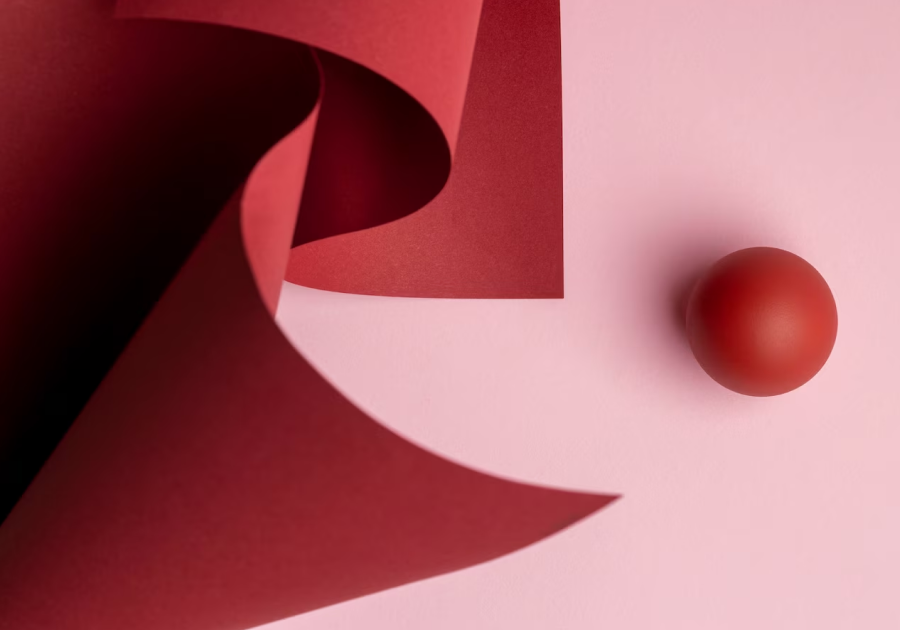In a world often characterized by excess, minimalism stands as a timeless design philosophy that champions simplicity, elegance, and purposeful restraint. From architecture to interior design and visual arts to web design, minimalism’s influence is profound. In this blog post, we will explore the concept of minimalism in design and discover why less is often more.

Understanding Minimalism
At its core, minimalism is about paring down to the essentials, eliminating the superfluous, and embracing the beauty of simplicity. Minimalist design seeks to communicate more with less, conveying a sense of clarity and focus. It’s characterized by clean lines, a restricted color palette, and a preference for functionality over ornamentation.
The Power of Minimalism
- Clarity and Focus: Minimalist design excels at directing the viewer’s attention to what truly matters. By reducing distractions, it creates a sense of clarity and focus. In web design, this translates to user-friendly interfaces with intuitive navigation.
- Elegance in Simplicity: Minimalist aesthetics are elegant in their simplicity. Uncluttered spaces, clean typography, and well-balanced compositions are hallmarks of minimalism. This elegance extends to various design disciplines, including product design and architecture.
- Enhanced User Experience: In the digital age, minimalism is celebrated for its contribution to user experience. Minimalist websites are often faster to load and easier to navigate, making them more user-friendly.
Minimalism in Web Design
When applied to web design, minimalism champions user-centricity. Here’s how minimalism enhances web design:
- Simplified Navigation: Minimalist websites feature straightforward navigation menus, reducing cognitive load for visitors. Users can easily find what they need, improving the overall browsing experience.
- Visual Hierarchy: Minimalist design relies on a clear visual hierarchy to guide users through content. This hierarchy ensures that important information is prominently displayed, aiding comprehension.
- Whitespace: Whitespace, or negative space, is a critical element of minimalist web design. It creates breathing room, reduces clutter, and allows users to focus on content. Whitespace also contributes to a modern and uncluttered look.
- Mobile Responsiveness: Minimalist design principles align with the requirements of mobile-responsive web design. The streamlined aesthetics of minimalism often translate well to various screen sizes.
Challenges of Minimalism
While minimalism offers numerous benefits, it’s not without its challenges. Achieving simplicity can be complex, and striking the right balance between minimalism and functionality can be tricky. Designers must ensure that essential information is accessible and that the user experience remains intuitive.
Conclusion
Minimalism in design, including web design, is a testament to the adage that “less is more.” It champions simplicity, clarity, and elegance while enhancing user experiences in the digital realm. Whether it’s a minimalist website, an architecturally minimalist space, or a product with minimalist aesthetics, the power of minimalism continues to shape and elevate the world of design. By embracing the essence of minimalism, designers can create timeless, user-friendly, and visually captivating experiences that resonate with audiences across various mediums.




